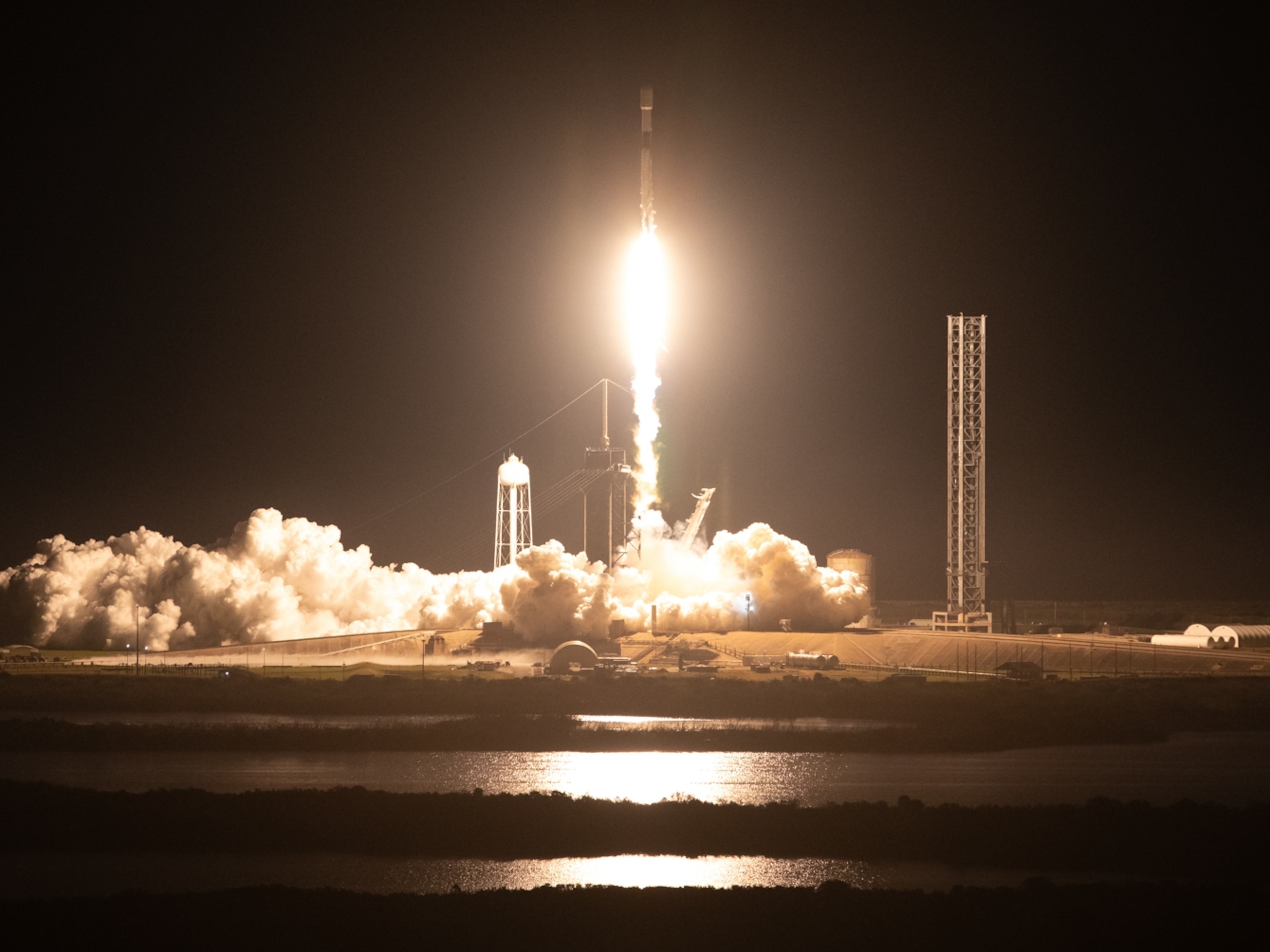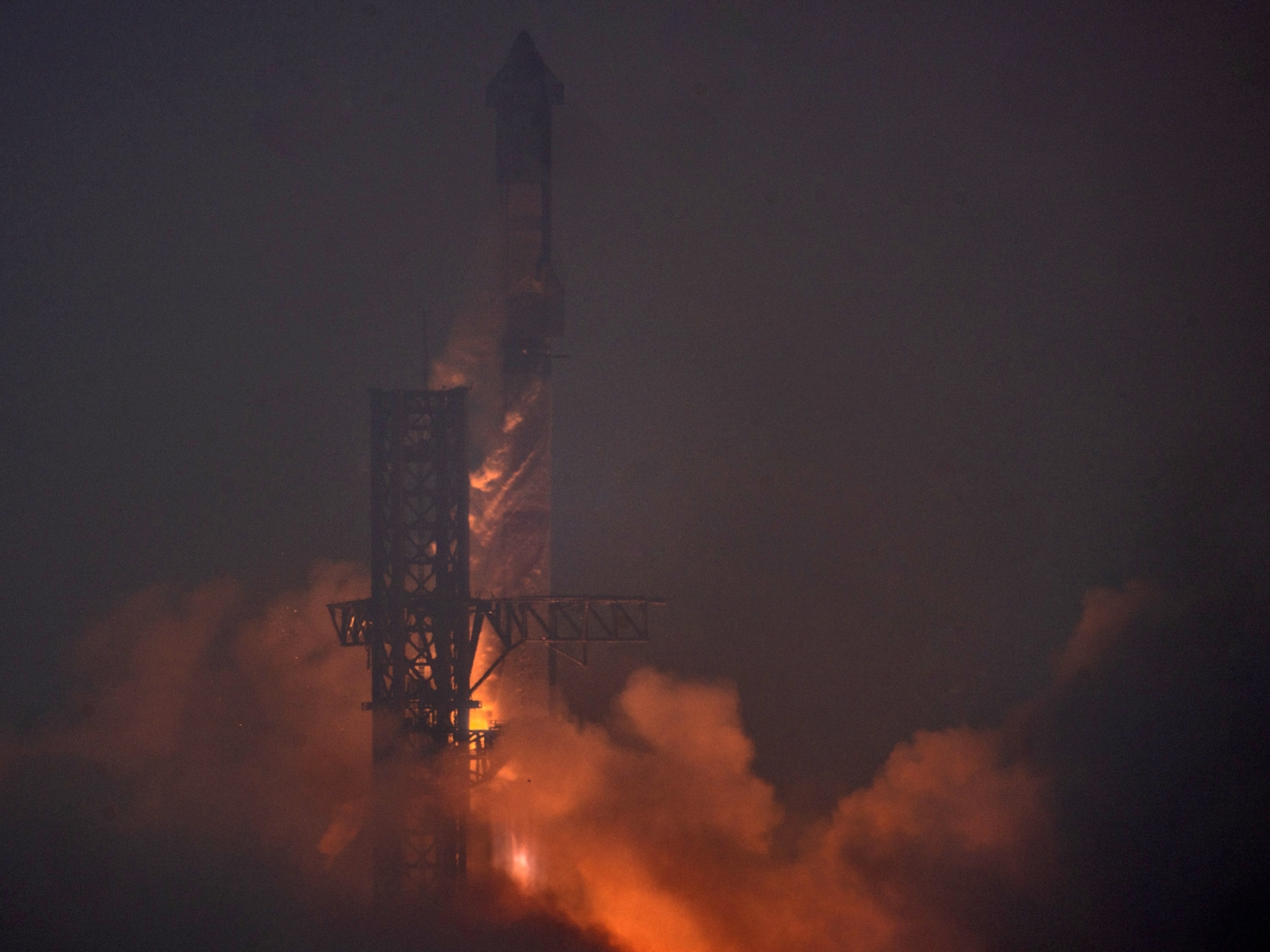Watch: Elon Musk’s Audacious Plan for Putting Humans on Mars
The charismatic founder of SpaceX is presenting his Mars vision to aerospace experts. Here’s how to watch live—and what you need to know.
SpaceX founder and CEO Elon Musk has famously said he wants to die on Mars—just not on impact.
At 2:30 p.m. ET on September 27, Musk will take the next step toward making that wish come true by announcing his company’s vision for how to get humans to Mars and beyond.
Musk will present this plan in front of a packed crowd of aerospace experts at the International Astronautical Congress in Guadalajara, Mexico—and to the wider world via a livestream of the presentation, which you can watch above. (Get a brief history of proposed missions to Mars.)
The highly anticipated talk will likely cover many of the moves Musk and his team have already made to get humans to the red planet.
In successfully testing its self-landing Falcon 9 rockets, SpaceX has become a leader in supersonic retropropulsion—a braking method that will be crucial to slowing down large payloads in Mars’s wispy atmosphere. NASA has taken notice: The space agency has entered a retropropulsion data-sharing agreement with SpaceX.
And in April, the company announced plans to begin sending its spacecraft to the red planet by 2018. While the initial flights wouldn’t have humans on board, they would represent a critical first step to putting astronaut boots on Mars.
Musk’s September 27 talk is expected to build on that announcement, ultimately outlining a plan to send humans on the interplanetary voyage at some point in the 2020s—an exploration program that would involve a non-financial collaboration with NASA.
"Among the many exciting things we’re doing with American businesses, we’re particularly excited about an upcoming SpaceX project that would build upon a current ‘no-exchange-of-funds’ agreement we have with the company,” NASA deputy administrator Dava Newman wrote in an April 27 blog post.
“In exchange for Martian entry, descent, and landing data from SpaceX, NASA will offer technical support for the firm’s plan to attempt to land an uncrewed Dragon 2 spacecraft on Mars."
Enter the Dragon
Launching vessels to Mars without people on board is the first step in any scheme to eventually parking humans there, which Musk said was one of his goals when he founded SpaceX more than a decade ago. For now, it seems SpaceX plans on starting with the Red Dragons, which will be updated versions of the Dragon 2 spacecraft. The craft would slow themselves to touch down on Mars with retrorockets—much like the sky crane that lowered NASA’s Curiosity rover to the Martian surface in 2012.
“Dragon 2 is designed to be able to land anywhere in the solar system. Red Dragon Mars mission is the first test flight,” Musk said on Twitter in April, while noting that Dragon on its own might not be ideal for sending humans to Mars. “Wouldn't be fun for longer journeys. Internal volume ~size of SUV.”
SpaceX’s plan to deliver the Red Dragon to Mars will probably rely on its powerful Falcon Heavy rocket, which the company says will debut later this year but which has previously been subject to flight delays.
Jonathan McDowell, an astrophysicist at the Harvard-Smithsonian Center for Astrophysics, said in a previous interview that, based on what we know so far, the Red Dragon SpaceX plan seems reasonable. The company “has the rocket, the spacecraft, the money, and some technical assistance from NASA.” But, he said, “I expect Falcon Heavy schedule delays are likely, that could easily push it to the 2020 window. I’ll be surprised/impressed if they make 2018.”
There’s also no official word yet on how SpaceX will deal with the challenges of planetary protection, the idea that spacecraft making contact with an alien surface should pose no risk of contaminating that world with Earthly lifeforms. SpaceX has previously said that it will seek NASA’s advice on developing a planetary protection plan for Mars. (Find out more about how human explorers could mess up the hunt for alien life.)
In addition, unless space travelers are up for a one-way trip to the red, dusty world, there’s still the question of getting back off the planet—something that might matter to a few people, even Musk.





